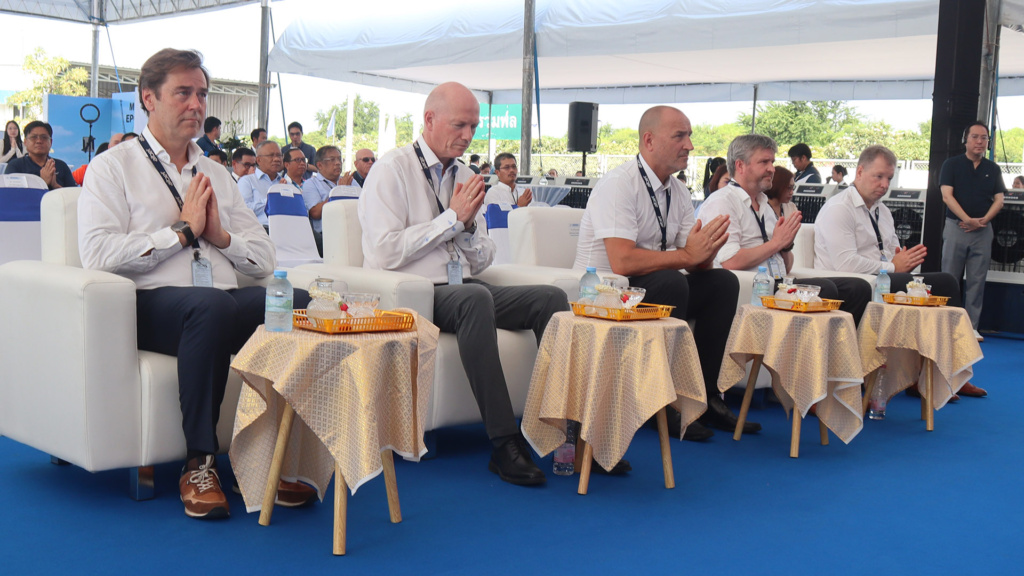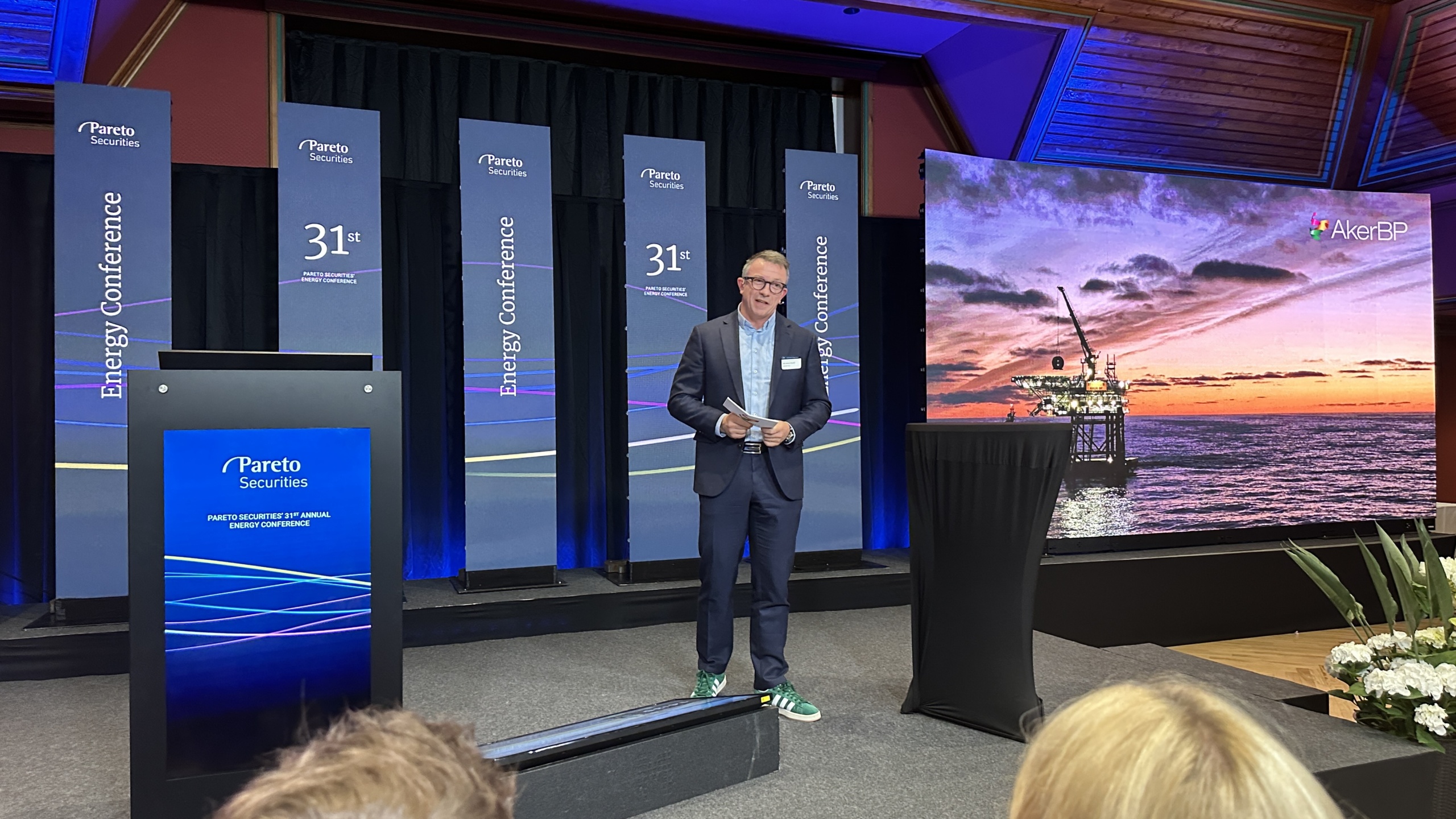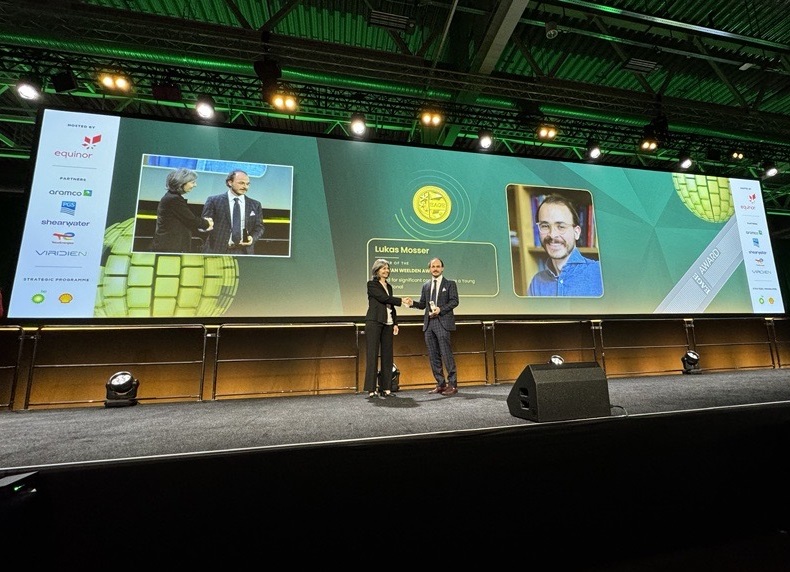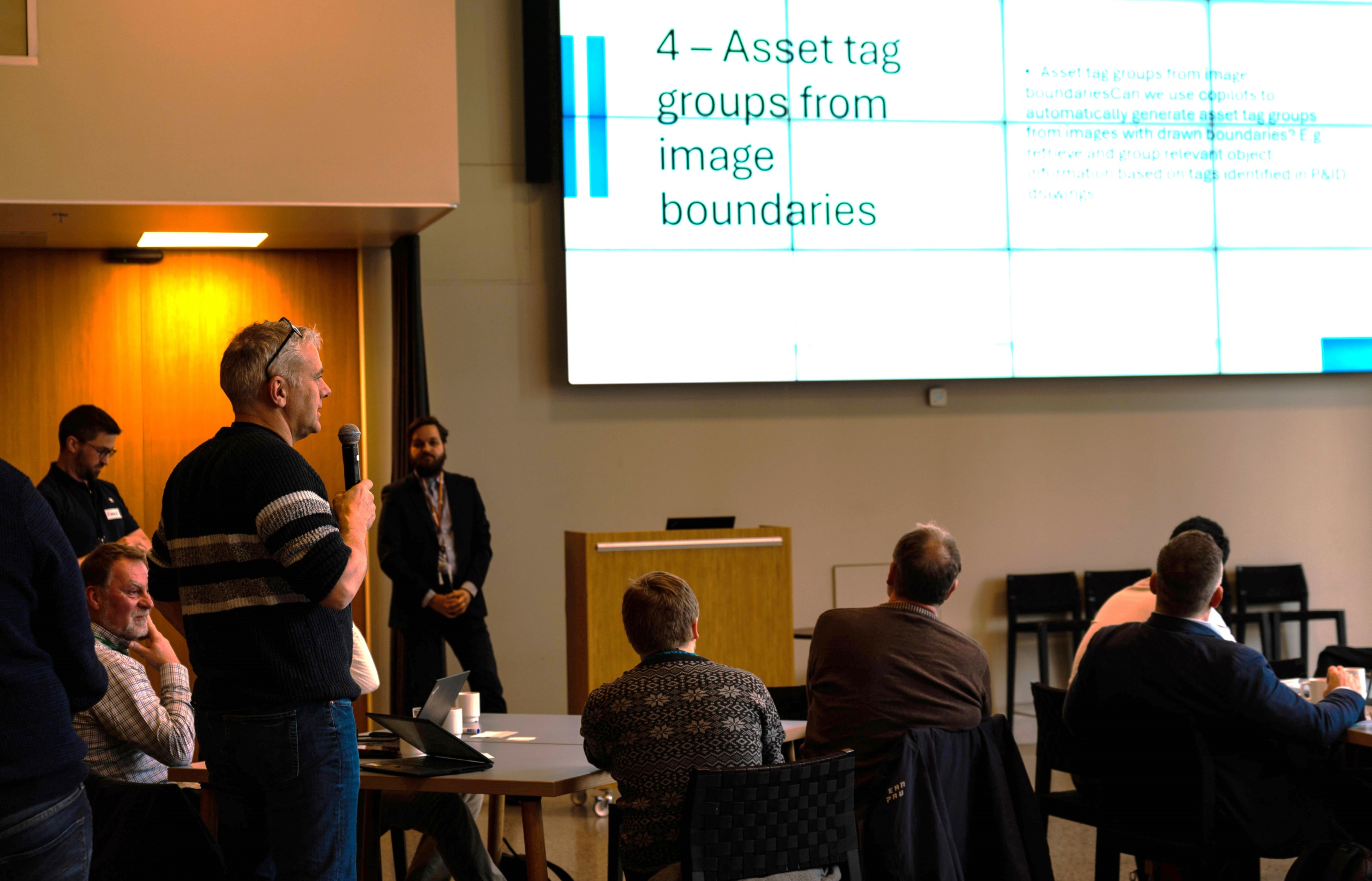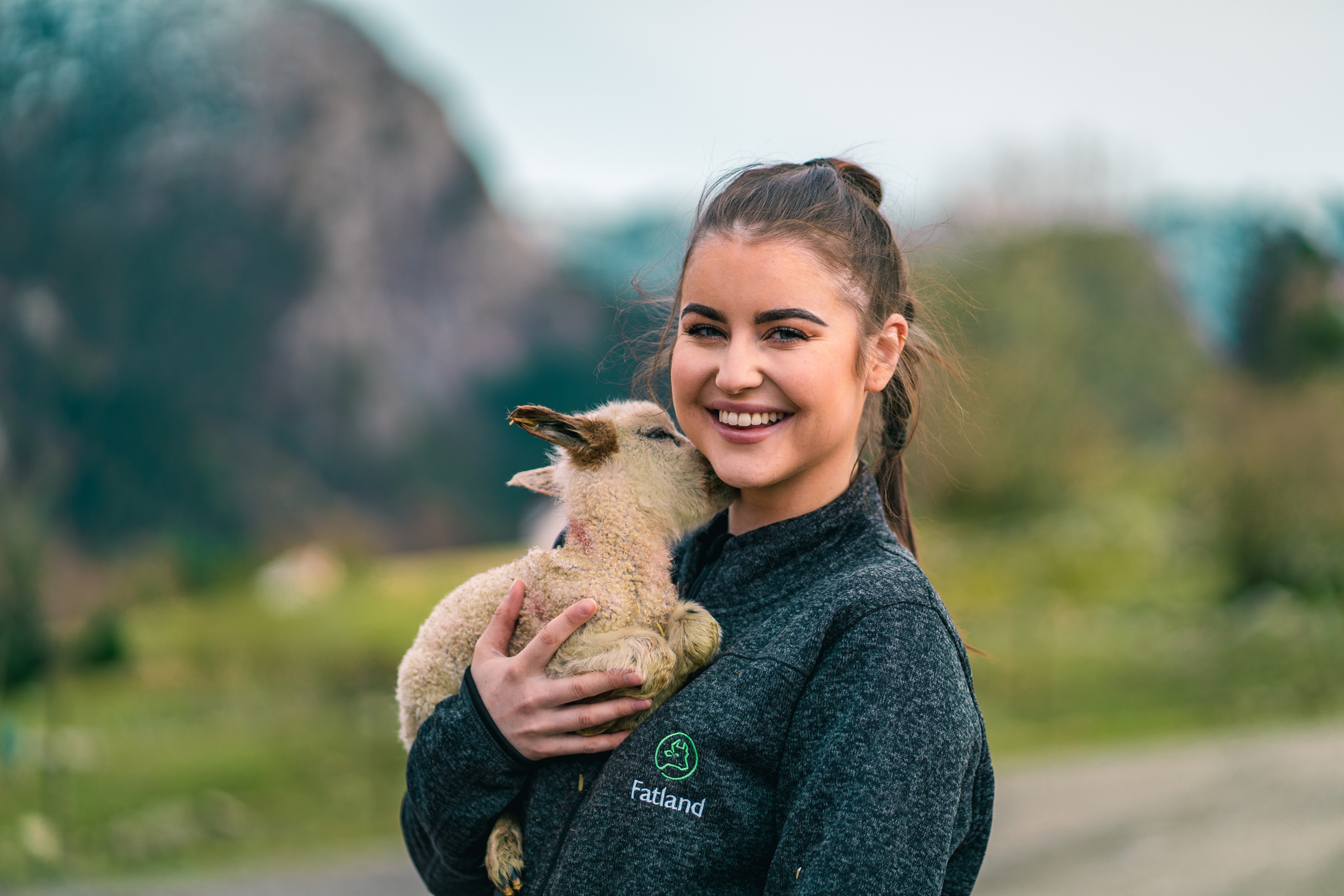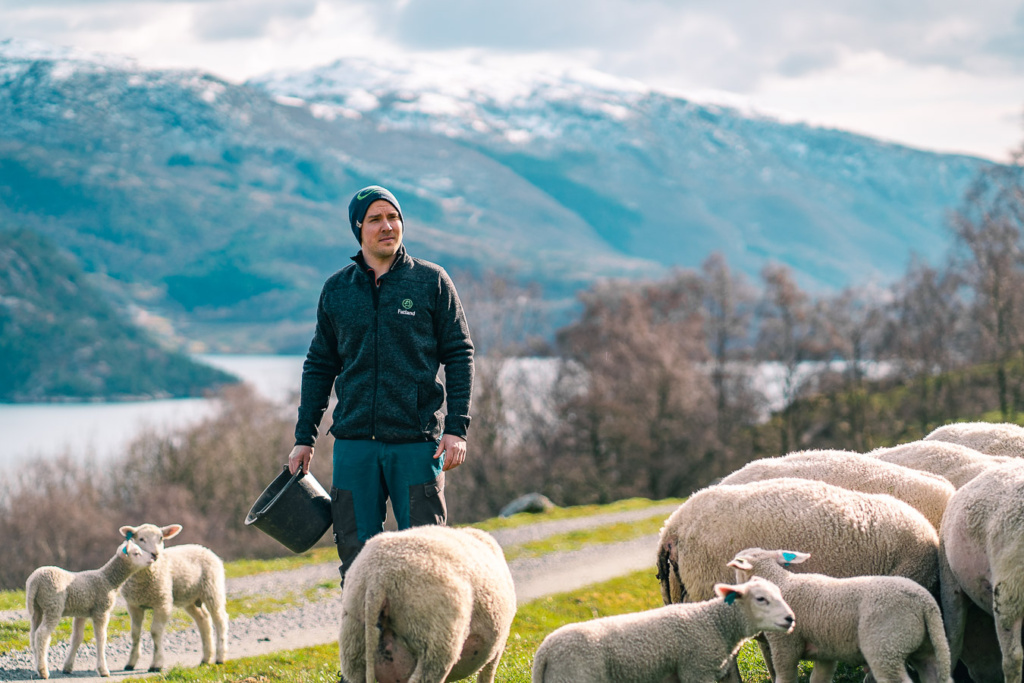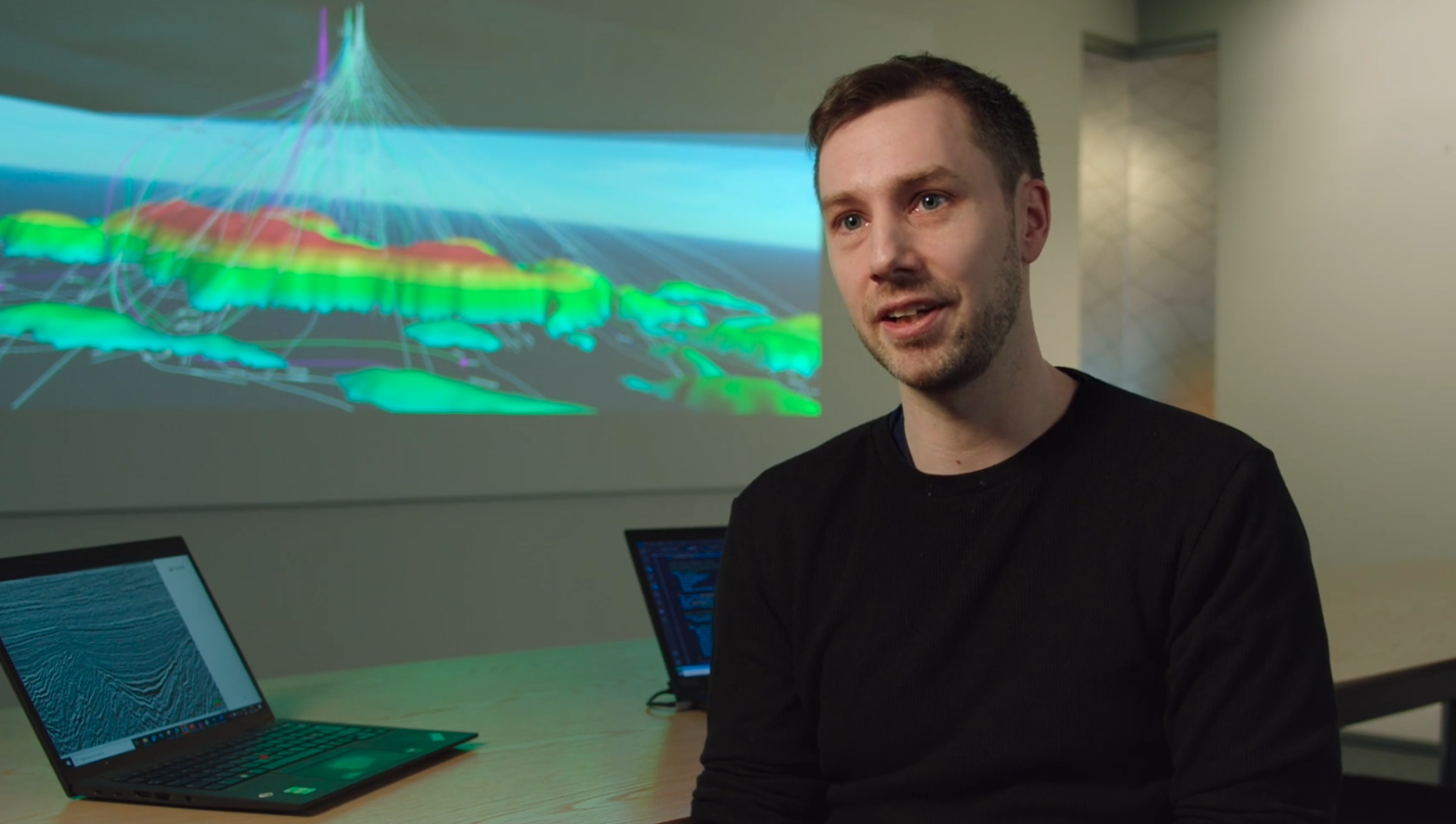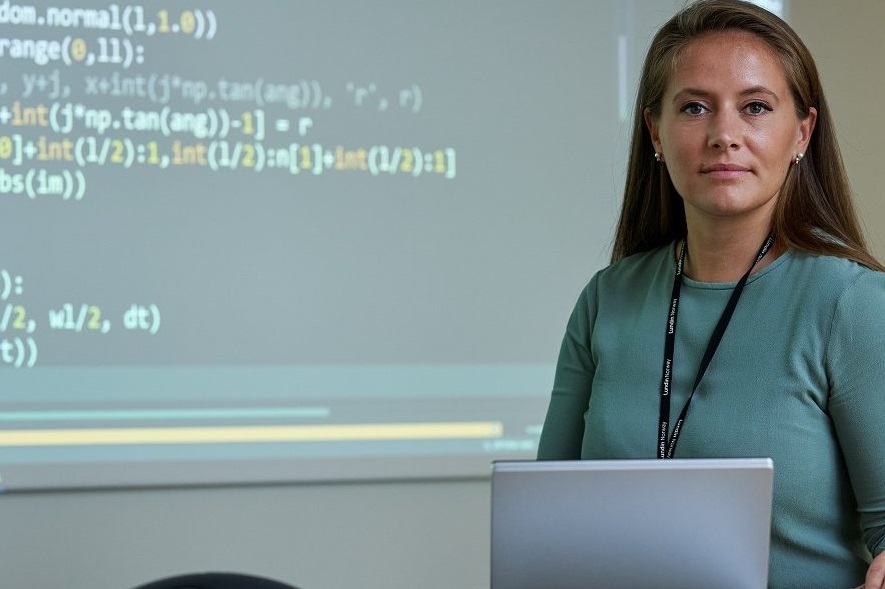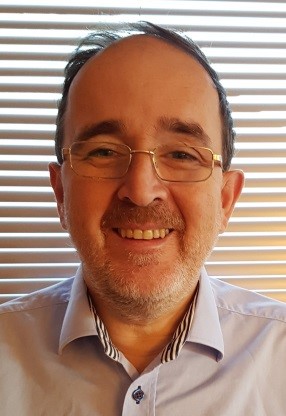ceo karl johnny hersvik, 11 september 2024
Aker BP is a focused oil and gas company, dedicated solely to creating value on the Norwegian Continental Shelf (NCS). And we certainly believe this is a winning strategy. Over the last 10 years, Aker BP has delivered over 20 percent annual shareholder return, and we are well positioned to continue creating highly attractive returns with low cost, low carbon production and profitable growth into the next decade.
The NCS will remain an important energy basin for decades to come. Numerous studies underscore that Norway still possesses vast, untapped oil and gas resources. The latest analysis from the Norwegian Offshore Directorate estimates that approximately 44 billion barrels of oil equivalent are remaining on the NCS, with approximately half of this yet to be discovered.
However, the directorate also points out that if exploration activity is low, and if the willingness to invest in new developments is limited, much of these resources will stay in the ground. Society will miss out on significant value creation, which could be as much as the equivalent of another Norwegian “oil fund”.
This is a topic I’m deeply passionate about, but in the interest of time, I’ll limit the discussion to three core reasons why the continued development of Norwegian oil and gas is crucial.
The first is energy security. Ensuring a reliable and affordable energy supply for a growing global population is essential. Norway’s role as a strategic supplier for Europe cannot be overstated.
While there are many scenarios for future energy demand, clear projections are often harder to find. One that particularly caught my attention was ExxonMobil’s recently published Global Outlook. The headline is that oil and gas is likely to account for 54 percent of the primary energy mix in 2050, compared to 56 percent today. Their projection shows that oil production naturally declines by about 15 percent per year, which means that without continued investment, the much-needed supply could virtually disappear. This analysis indicates that the world might need more oil in the future than we previously thought.
But this is not just about global demand. Oil and gas from Norway is critical for Europe’s energy security. Even as the continent transitions toward renewable energy, oil and gas is projected by Wood Mackenzie to comprise over 50 percent of the primary energy mix by 2040 — remaining a critical component of the energy supply. Simply put, Norway is Europe’s largest and most reliable energy supplier, and frankly, there are few viable alternatives in the near future.
Secondly, environmental impact. The environmental consequences of replacing Norwegian oil and gas production would be severe. The NCS has the lowest average emissions intensity globally, and a lapse in supply could lead to a net increase of up to 230 million tons of CO2 emissions between 2024 and 2040, according to a recent study made by Wood Mackenzie for Aker BP. Even in the most aggressive scenario of achieving the 1.5-degree target, Europe will remain a net importer of oil and gas. Any shortfall in Norwegian exports would need to be filled by regions with much higher emissions from production and transportation. From an environmental perspective, maintaining a high level of production on the NCS is essential.
And thirdly, value creation. The E&P value chain on and around the NCS generates immense value—not only for the E&P companies but also for suppliers, local communities, families, and the nation. The substantial tax revenue from this sector is a cornerstone of Norway’s welfare state. In 2022, oil and gas companies contributed 84 percent of Norway’s corporate tax revenue. For Aker BP alone, our tax contributions exceeded those of all the 390,000 land-based companies combined. Let me make today’s understatement: It would be a grave mistake to allow this value to evaporate.
Now, let’s turn to Aker BP, and what role we play in this context.
Nearly a decade ago, we set out on a journey to transform our industry. We identified lots of waste in the value chains. Delays and cost overruns were normal. The cooperation between oil companies and service providers was far from optimal. The industry also lagged behind in digitalisation. Our goal was to address these issues and build a highly efficient, cost-leading E&P company — resilient to oil price fluctuations and capable of generating superior returns through the cycles.
Fast forward to today: We have well-established strategic alliances with our key suppliers across all major categories, including drilling, subsea, fixed facilities, etc. Through these alliances, we provide our suppliers with unprecedented visibility, enabling them to get involved early, plan ahead, and allocate their people and resources accordingly. The incentives are aligned based on win-win. The organisational model is simplified with clear responsibilities. Learning effects are being preserved inside the company. And all this is supported by a state-of-the-art digital ecosystem.
Today, Aker BP is producing well above 400 mboepd, with industry-leading metrics for production cost (below $7 per boe) and greenhouse gas emissions (around 3 kg/boe). We are in the midst of a significant, and in our view a highly attractive investment program, developing close to 800 million barrels of new reserves. This program includes the Yggdrasil development, the Valhall/Fenris project, and several tieback projects around our existing hubs at Alvheim, Grieg/Aasen, and Skarv.
In sum, these projects will contribute to growing our production to over 500,000 barrels of oil equivalents per day in 2028. And the economics are highly compelling, with an average break-even oil price of 35-40 dollars per barrel on an NPV10 basis, and with around 25 percent IRR (internal rate of return) and 1-2 years payback time at oil prices of 65 dollars. We are nearly two years into the execution phase of this investment program. Four of the projects have already been completed, including Tyrving in the Alvheim area which started production last week — 6 months ahead of schedule, and the rest of the projects are progressing according to plan.
Our ambitions go beyond the current projects. We have a vast portfolio of contingent resources which we aim to mature into new development projects, including the potential stand-alone development at Wisting in the Barents Sea, where we are targeting an investment decision in 2026, as well as several other tieback projects.
Exploration is also key to Aker BP’s long-term strategy. We plan to drill 10 to 15 exploration wells annually, with 80 percent focused on near-field prospects, and 20 percent on stand-alone opportunities.
And this is an area ripe for disruption. New imaging technologies, such as OBN, along with the introduction of artificial intelligence and machine learning, will significantly enhance our ability to analyse vast amounts of underground data and increase our exploration success rate. In this context, we have sent a clear message to the Norwegian regulators, to open up as much exploration acreage as possible.
In summary, we are on track to achieve the goals we set a decade ago. As one of the most efficient operators in our industry, we continue to push boundaries with the support of our alliance partners. The skillset we have developed has allowed us to turn previously non-commercial discoveries into profitable development projects. This also means that we have significantly expanded our opportunity set. We intend to keep leveraging this skillset to generate new profitable investment opportunities, whether in existing fields, through new exploration, or strategic M&A deals.



